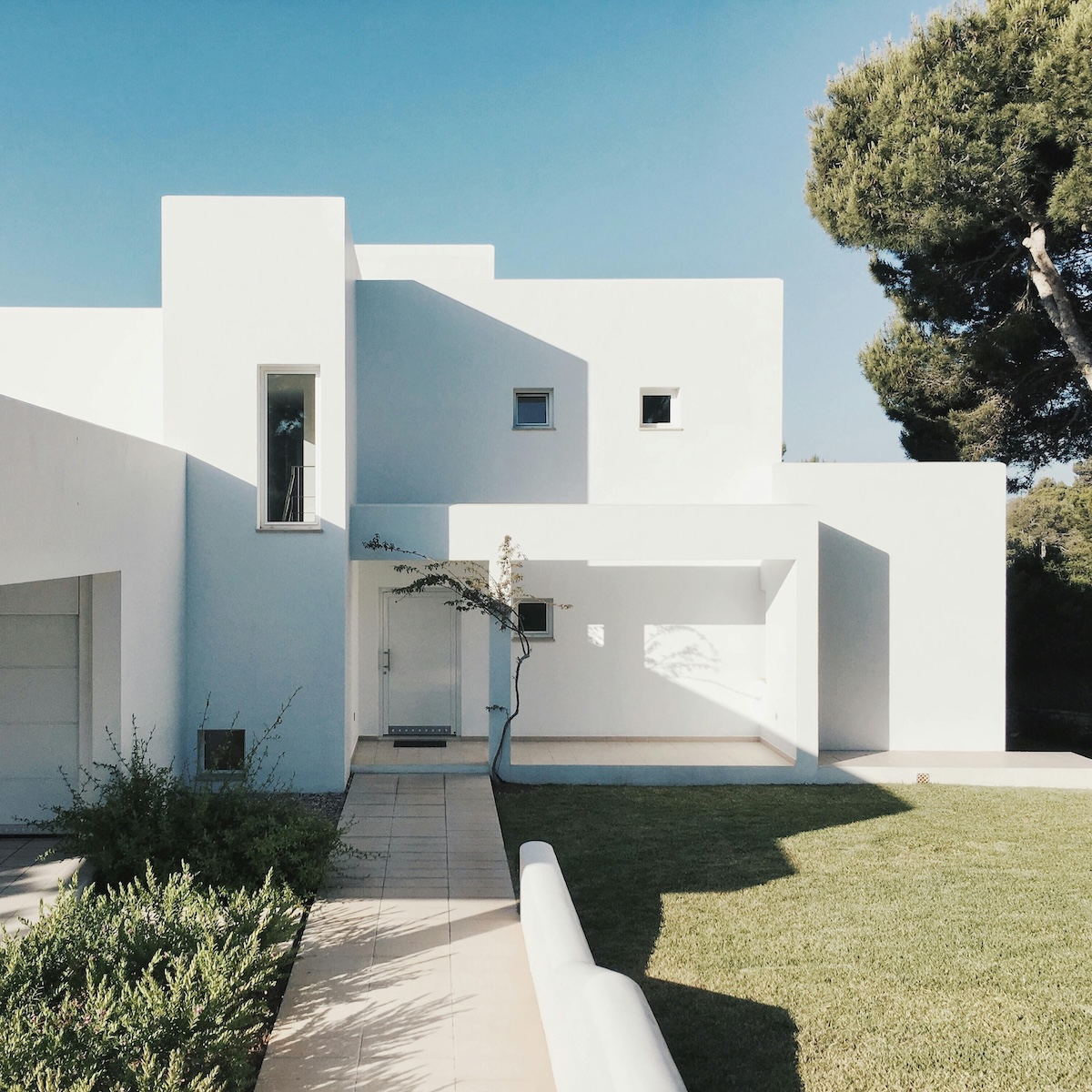In the realm of landscape architecture and historical preservation, few endeavours are as captivating as the reconstruction of lost gardens. These vanished landscapes, once the pride of monarchs, the playgrounds of aristocrats, or the quiet retreats of poets, hold within their designed spaces the stories of past cultures, aesthetic values, and human relationships with nature. Today, in our digital age, we have unprecedented tools and techniques at our disposal to bring these lost gardens back to life, if not in physical form, then in the realm of pixels and virtual reality.
This article explores the fascinating intersection of historical research, cutting-edge technology, and landscape design in the reconstruction of lost gardens. We’ll look at the methods used, the challenges faced, and the profound implications this work has for our understanding of history, culture, and the art of garden design.
The Allure of Lost Gardens
Gardens, by their very nature, are ephemeral. Unlike buildings made of stone or metal, gardens are living, changing entities, subject to the whims of nature and the passage of time. Many of history’s most famous gardens have been lost to war, neglect, changing fashions, or simple abandonment. Yet their influence often lingered, shaping subsequent garden designs and capturing the imagination of later generations.
Some of the most famous lost gardens include:
- The Hanging Gardens of Babylon: One of the Seven Wonders of the Ancient World, whose very existence is still debated by historians.
- The Gardens of Versailles under Louis XIV: While the gardens still exist, their original 17th-century form has been significantly altered over time.
- Hadrian’s Villa gardens: The expansive gardens of the Roman emperor’s villa near Tivoli, Italy.
- The Frost Family Garden: The childhood garden of poet Robert Frost, which inspired much of his nature poetry.
The reconstruction of these lost gardens serves multiple purposes. It helps us understand historical landscape design principles, sheds light on past societies and their relationships with nature, and can even inform contemporary design practices. In the digital age, we have new tools to aid in this reconstruction process, allowing for more accurate and immersive recreations than ever before.
Traditional Methods of Garden Reconstruction
Before exploring into digital techniques, it’s worth reviewing the traditional methods used to reconstruct historical gardens:
- Archaeological excavation: Unearthing physical remains of garden structures, plant materials, and artifacts.
- Historical research: Studying period texts, paintings, maps, and other documents that describe or depict the garden.
- Pollen analysis: Examining preserved pollen to determine what plants were present in a given era.
- Dendrochronology: Using tree ring data to date wooden structures and understand the garden’s evolution.
- Comparative analysis: Studying similar gardens from the same period and region to fill in knowledge gaps.
These methods continue to be crucial in garden reconstruction. However, they often leave significant gaps in our understanding, requiring educated guesswork to complete the picture. This is where digital tools come into play, enhancing and expanding upon these traditional techniques.
Digital Tools for Garden Reconstruction
The digital revolution has provided landscape historians and designers with a powerful toolkit for reconstructing lost gardens. Some key technologies include:
- Geographic Information Systems (GIS): GIS allows researchers to layer different types of spatial data, from topographical maps to historical property boundaries, creating a comprehensive view of a garden’s context.
- LiDAR (Light Detection and Ranging): This remote sensing method can reveal subtle changes in topography that might indicate former garden features, even when hidden under vegetation or subsequent development.
- Photogrammetry: By analyzing multiple photographs of a site, this technique can create detailed 3D models, useful for reconstructing partially extant gardens or understanding the broader landscape context.
- AI and Machine Learning: These technologies can assist in analyzing vast amounts of historical data, identifying patterns and making predictions about garden layouts and plant selections.
- Virtual and Augmented Reality (VR/AR): These immersive technologies allow for the creation of interactive, 3D models of reconstructed gardens that users can “walk through” and experience.
- 3D Printing: Physical models of reconstructed gardens can be created, allowing for tactile interaction and easier visualization of topography and structures.
Case Studies in Digital Garden Reconstruction
Let’s explore a few examples of how these digital tools have been applied in the reconstruction of lost gardens:
The Gardens of Versailles
While the Gardens of Versailles still exist, they have undergone significant changes since their heyday under Louis XIV. A team of researchers from the Palace of Versailles, the French National Centre for Scientific Research, and the University of Paris-Saclay used a combination of archival research and advanced digital modeling to reconstruct the gardens as they appeared in 1662.
The team utilized LiDAR scans of the current landscape, historical maps and engravings, and AI-assisted analysis of Louis XIV’s meticulous garden records to create a detailed 3D model of the 17th-century gardens. This model revealed long-lost features, such as a complex system of hydraulics that powered the famous fountains, and helped researchers understand how the garden would have been experienced by 17th-century visitors.
The resulting VR experience allows modern visitors to “walk through” the gardens as they appeared at the height of Louis XIV’s reign, offering new insights into the political and cultural symbolism embedded in the landscape design.
Hadrian’s Villa
The vast complex of Hadrian’s Villa near Tivoli, Italy, has been the subject of intensive digital reconstruction efforts. The Virtual World Heritage Laboratory at Indiana University, in collaboration with the Soprintendenza Archeologia, Belle Arti e Paesaggio per l’Area Metropolitana di Roma, has been working on a comprehensive digital model of the villa and its gardens.
Using a combination of archaeological data, historical research, and digital modeling techniques, the team has created a detailed 3D reconstruction of the villa complex. This includes the famous Canopus, a long pool surrounded by sculptures that evoked Hadrian’s travels in Egypt.
The digital model allows researchers to test different hypotheses about the garden’s layout and plantings. For example, by simulating the movement of the sun throughout the day, they can understand how light and shadow would have played across the landscape, informing decisions about likely locations for different types of plants and structures.
The Lost Gardens of Heligan
While not entirely “lost,” the Gardens of Heligan in Cornwall, England, underwent a significant period of neglect before being rediscovered and restored in the 1990s. Digital technologies have played a crucial role in both the restoration process and in helping visitors understand the gardens’ history.
A team of digital heritage specialists created a detailed AR experience for visitors. By holding up their smartphones or tablets at various points in the garden, visitors can see overlays of historical photographs, paintings, and reconstructions of how the garden would have looked at different points in its history.
The AR experience also includes visualizations of the garden’s extensive underground heating system, which allowed for the cultivation of exotic plants in the 19th century. This invisible but crucial aspect of the garden’s history is brought to life through digital reconstruction.
Challenges and Ethical Considerations
While digital tools offer exciting possibilities for garden reconstruction, they also present challenges and raise ethical questions:
- Accuracy vs. Speculation: How do we balance what we know from historical evidence with what we must infer or imagine? It’s crucial to be transparent about what is factual and what is speculative in digital reconstructions.
- Representing Uncertainty: Digital models can appear deceptively complete and accurate. Developing ways to visually represent degrees of certainty in reconstructions is an ongoing challenge.
- Choosing a Time Period: Gardens change over time. Deciding which period to reconstruct, especially for gardens with long histories, can be contentious.
- Cultural Sensitivity: When reconstructing gardens from cultures different from our own, how do we ensure we’re interpreting and representing them respectfully and accurately?
- Accessibility: While digital reconstructions can make historical gardens “accessible” to a global audience, they may also create new barriers for those without access to or familiarity with the necessary technology.
- Preservation of Digital Data: As technology evolves, how do we ensure that today’s digital reconstructions remain accessible and usable in the future?
The Future of Digital Garden Reconstruction
As technology continues to advance, we can anticipate even more sophisticated tools for garden reconstruction. Some potential developments include:
- AI-generated plant growth models that can show how a reconstructed garden would have changed through the seasons and years.
- Haptic feedback in VR experiences, allowing users to “feel” different textures in the virtual garden.
- Integration of scent technology to recreate the olfactory experience of historical gardens.
- Advanced climate modeling to understand how historical gardens would have responded to the weather patterns of their time.
- Collaborative VR environments where researchers from around the world can meet in virtual reconstructed gardens to discuss and refine their understanding.
Conclusion: Bridging Past and Present
The digital reconstruction of lost gardens is more than just an academic exercise. It’s a bridge between past and present, allowing us to experience and understand these historical landscapes in ways never before possible. For landscape architects, these reconstructions offer a wealth of inspiration and knowledge, informing contemporary design practices and deepening our understanding of the cultural significance of designed landscapes.
Moreover, these digital gardens serve as powerful educational tools, making history tangible and engaging for new generations. They allow us to see how past societies viewed their relationship with nature, how they used gardens as expressions of power, philosophy, or artistic vision, and how these designed landscapes evolved over time.
As we continue to refine our digital tools and techniques, we open up new possibilities not just for reconstructing lost gardens, but for preserving and documenting today’s landscapes for future generations. In doing so, we ensure that the rich history of landscape design continues to inform and inspire, bridging the gap between past, present, and future.
The lost gardens of history, once faded into the mists of time, are finding new life in the digital realm. Through this work, we not only reconstruct physical spaces but also recover lost knowledge, aesthetics, and ways of relating to the natural world. In our rapidly changing climate and urbanizing world, these lessons from the past, made accessible through digital technologies, may prove invaluable as we design the gardens and landscapes of the future.



Leave a Reply